18 window treatment ideas for living rooms, dining rooms and beyond
The best window dressing ideas will add privacy and style
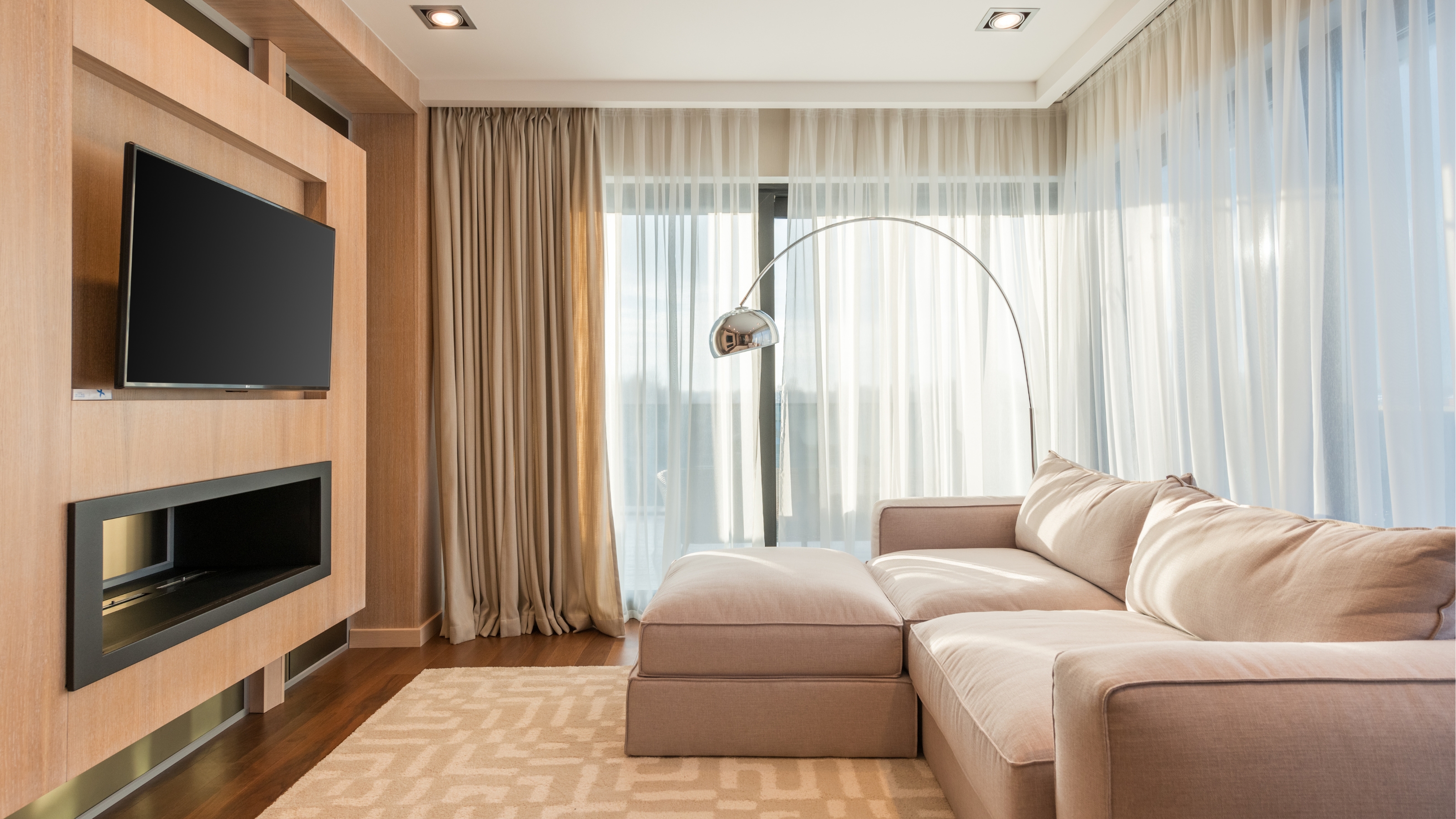
- 1. Colorful curtains
- 2. Choose easy-update roller blinds
- 3. Floor to ceiling pleat dining room curtains
- 4. Denim textures
- 5. Showcase pattern with panel curtains
- 6. Flexible shutters for a bay window
- 7. Save space with a Roman blind
- 8. Built-in UV protection
- 9. Window film is a great option
- 10. Floor to ceiling for a contemporary space
- 11. Blackout blinds are great for south facing rooms
- 12. Velvet drapes add a luxe feel
- 13. Combine shutters and curtains
- 14. Or curtains and blinds
- 15. Choose honeycomb blinds for a soft light
- 16. Frame a bay window with wooden blinds
- 17. Match your blind to your accessories
- 18. Choose the right curtain heading
- 19. Fake the look of stained glass with window film
Some new window treatment ideas will really make a difference to your space – whether it's the final touch to your newly decorated living room or dining room or just a quick way to update your open plan space.
First think about what’s on your list of requirements for your living room window treatment ideas. Does it need to create a focal point? Keep the inside of your home private? Stop sunlight damaging furniture and flooring? All of the above?
With an exacting list of specifications, and whether you’re planning to roll out all new window dressings or simply swap in new curtain panels or even curtainless options for your windows, you have options.
1. Colorful curtains
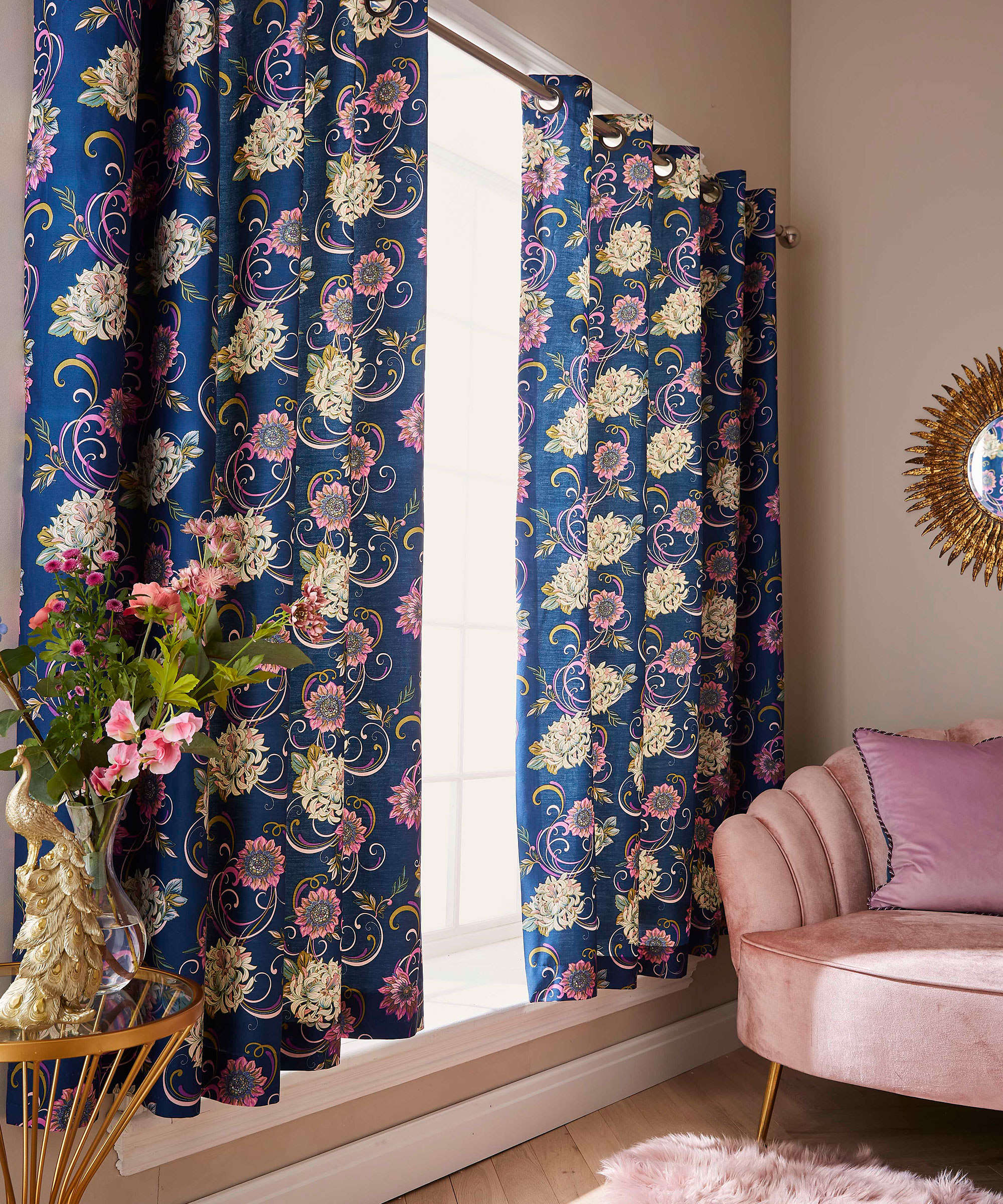
Bring a little joie de vivre to your living room window treatment ideas with a bold floral print. For classic types of window treatments you'll want to keep it cohesive with a simple color duo like pink and navy here to let the pattern stand out tastefully.
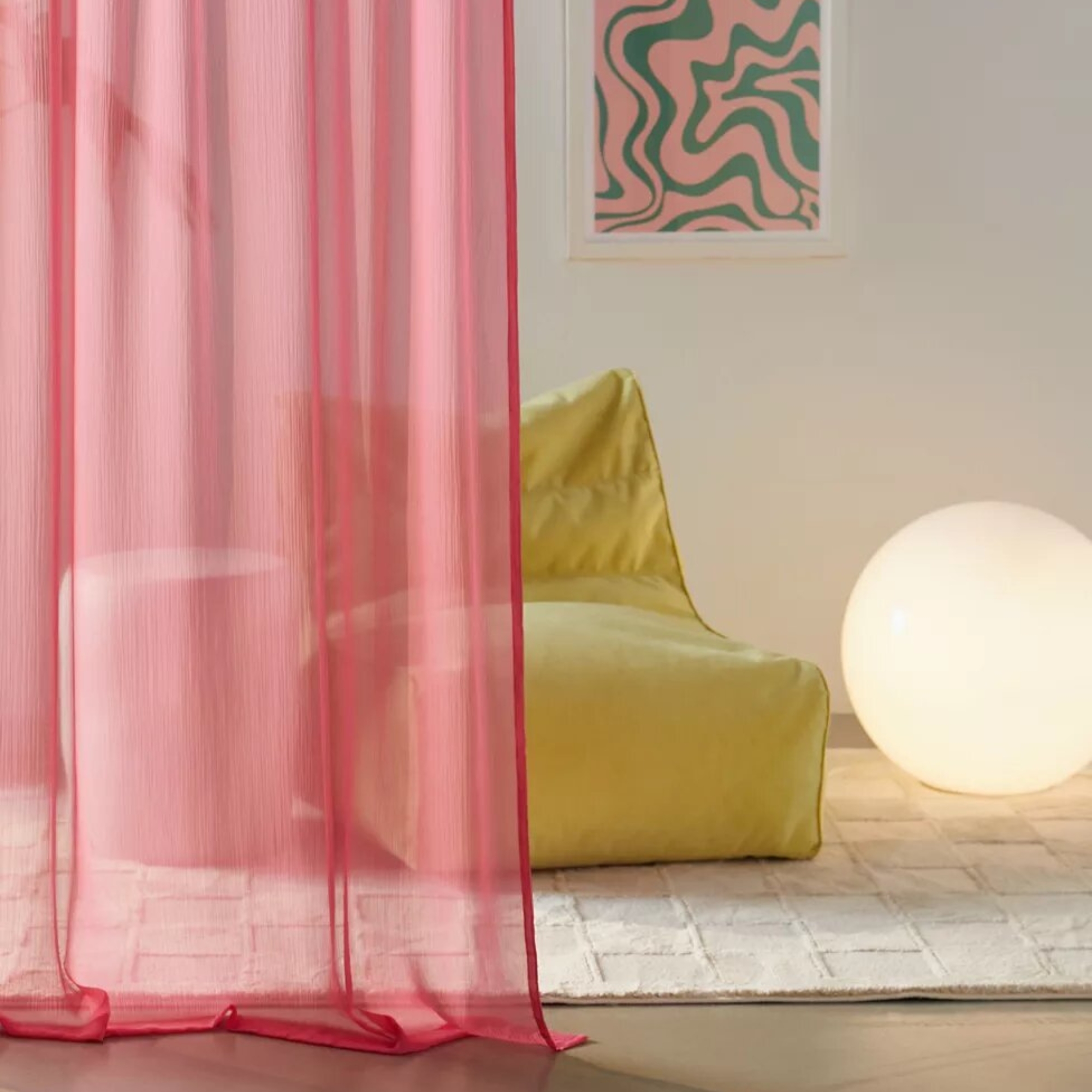
Material: Polyester
Size (in.): L96 x W52
Price: $39
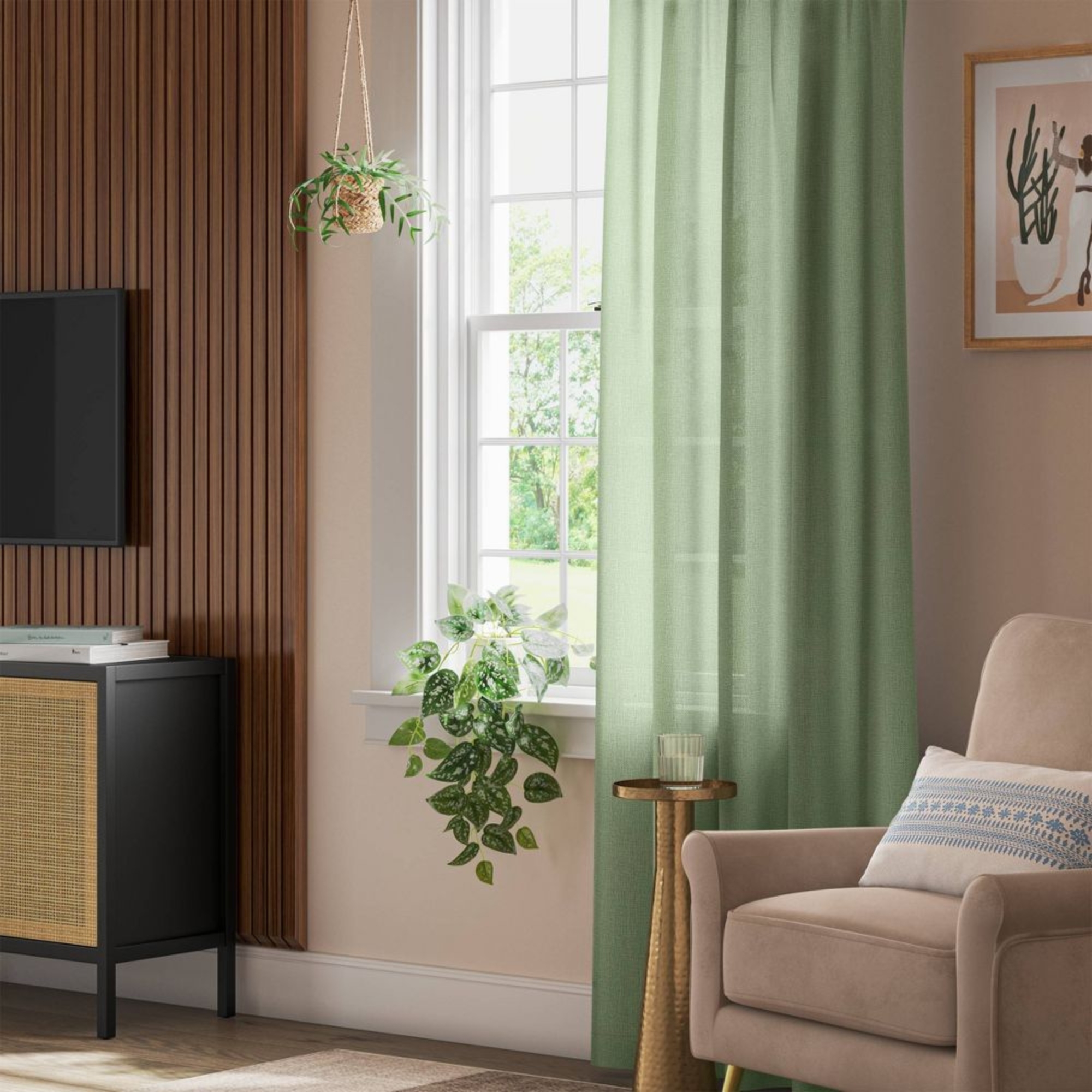
Material: Cotton blend
Size (in.): L84 x W54 / L63 x W54
Price: $30
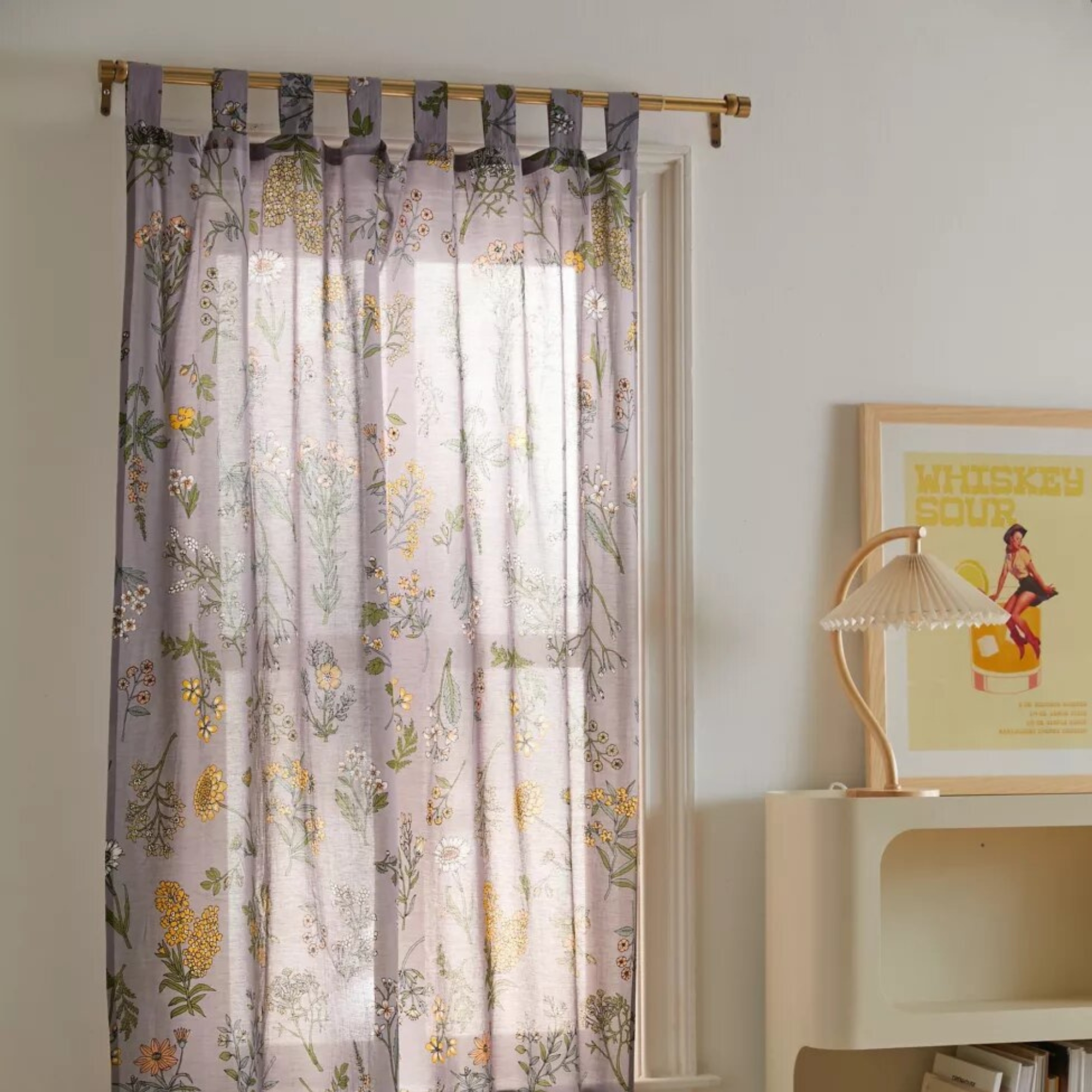
Material: Cotton
Size (in.): L84 x W52
Price: $39
2. Choose easy-update roller blinds
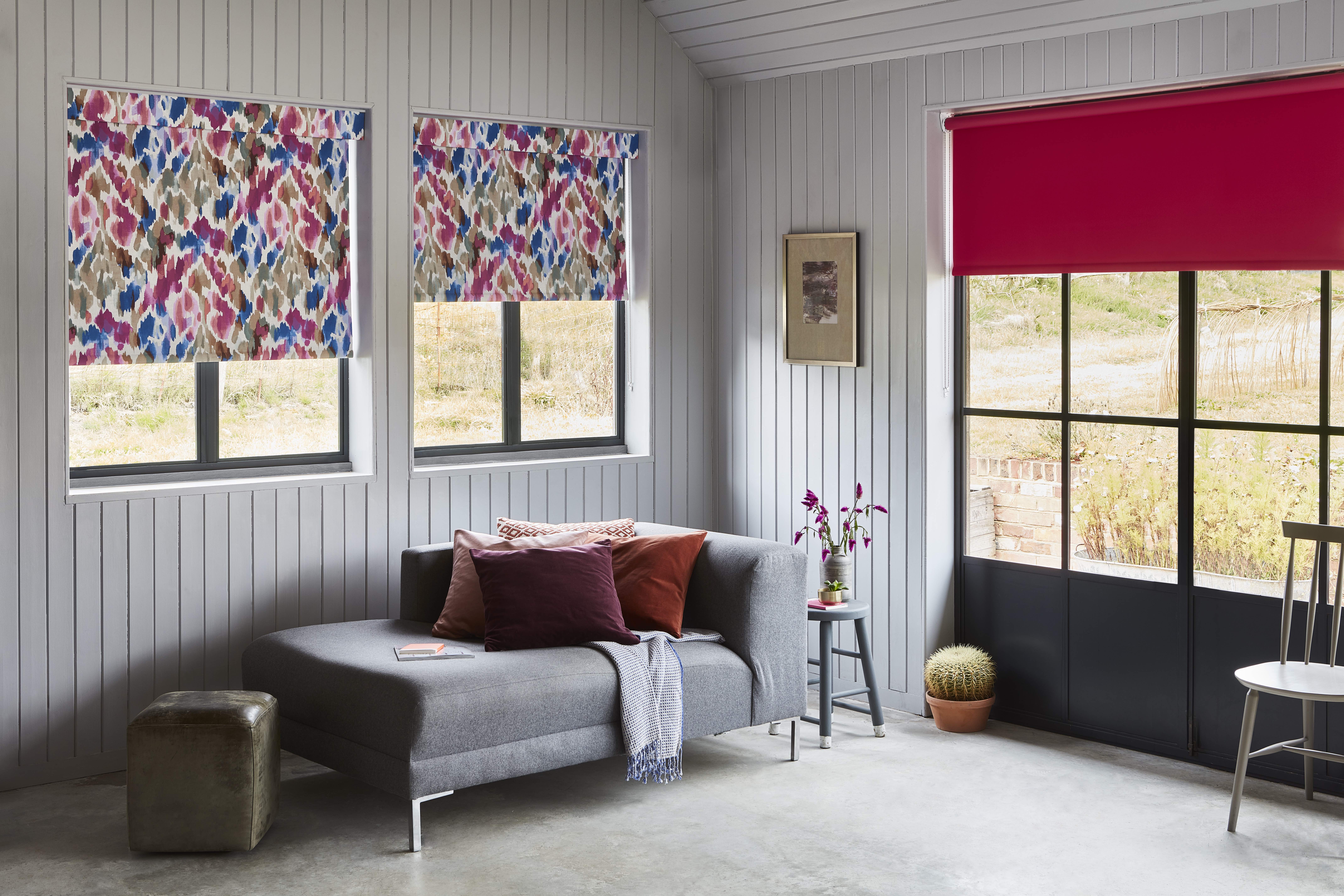
If you are looking to change up your living room ideas with the seasons, check out these roller blinds. The original fabric can be hooked off and replaced with a new one while the blind system itself stays in place. The blind pelmets are changeable, too.
3. Floor to ceiling pleat dining room curtains
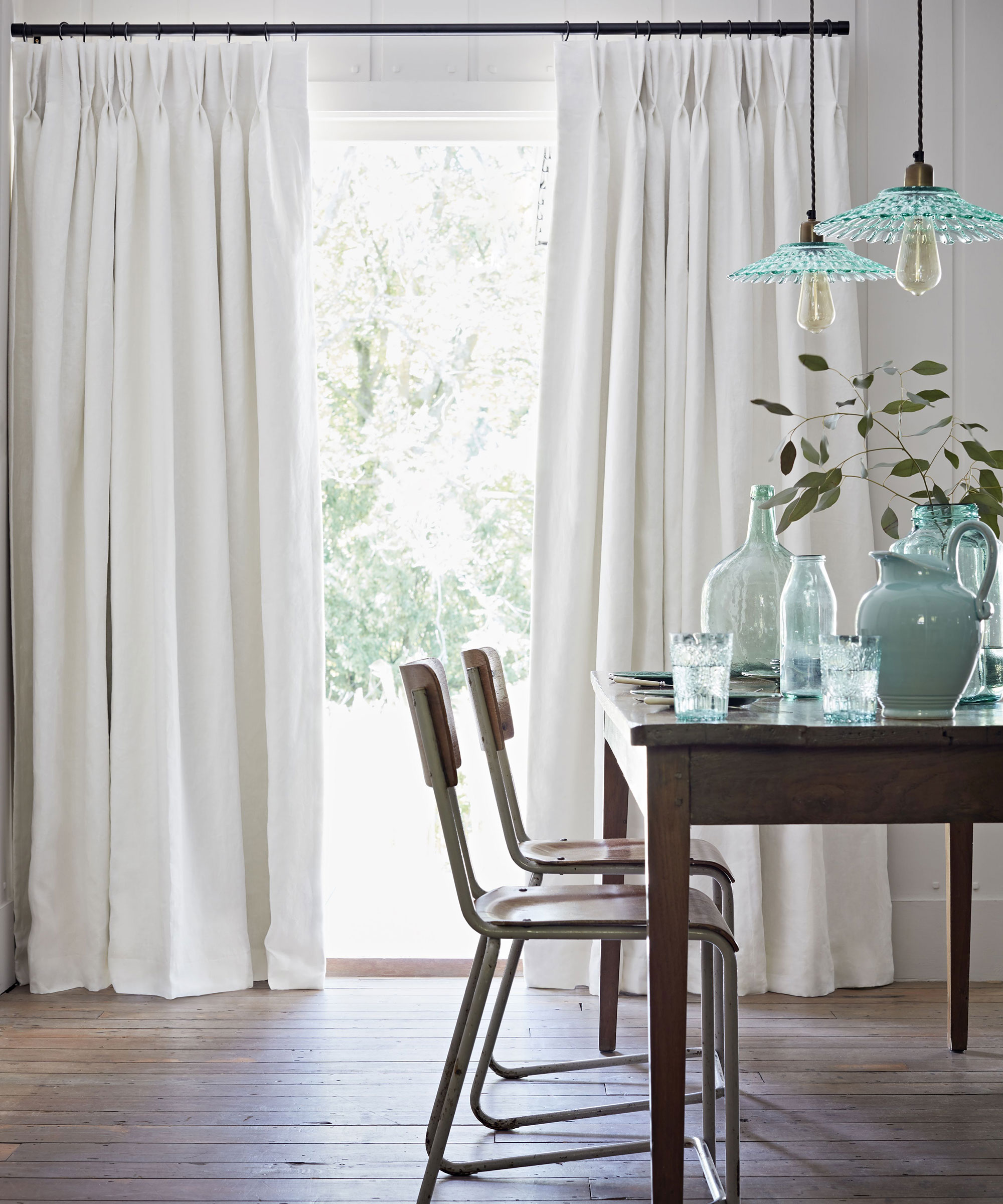
Fresh and clean cut, these pleat curtains will make you feel like it's springtime all year round. Perfect for a picture window or even to dress sliding doors, when you choose one color, you can afford to go for length with your window treatment ideas.
4. Denim textures
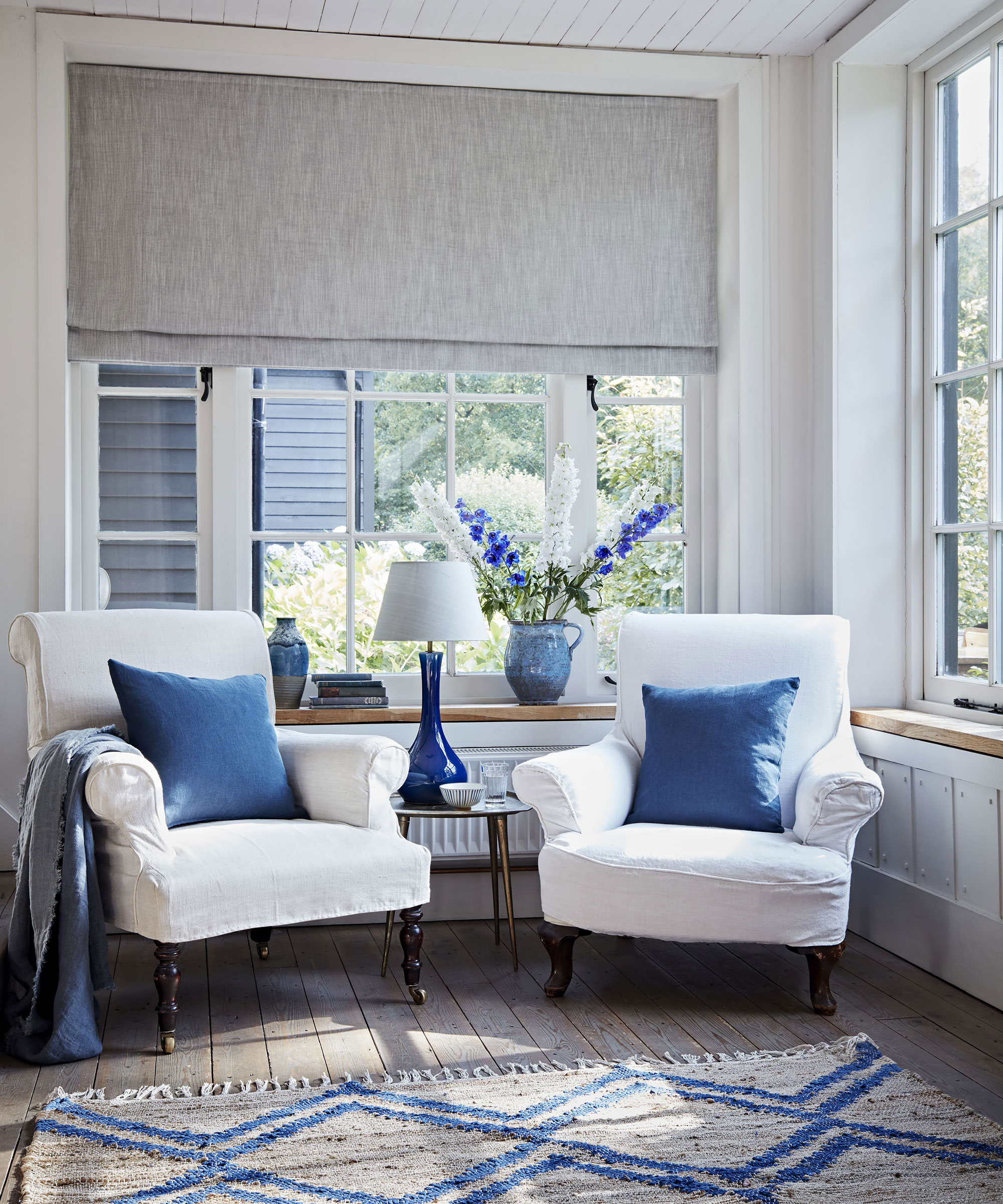
Fabric is everything when finding the best window treatments to bring your living room ideas to life. Harry Cole, Founder of Loom & Last adds 'If the fabric or pattern is a key part of your design scheme, Roman blinds are the best option. The header rail allows visibility of your fabric pattern whether the blind is up or down while the traditional pleats are a stylish addition that makes a feature out of your window.' Adding more texture is one of the best kitchen window ideas.
Get small space home decor ideas, celeb inspiration, DIY tips and more, straight to your inbox!
5. Showcase pattern with panel curtains
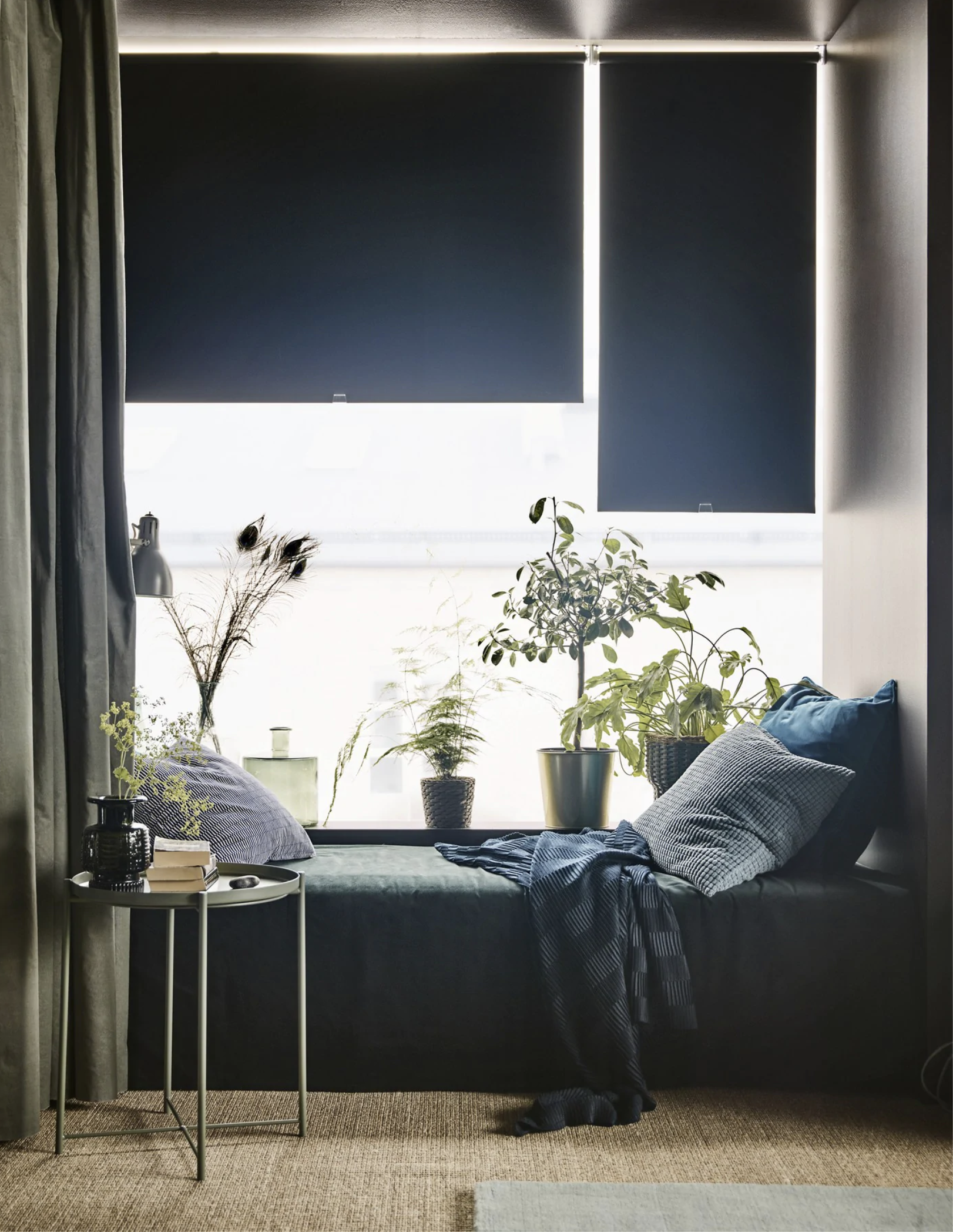
Make a focal point of the window – or distract from a view that leaves much to be desired – with a patterned window treatment. Flat panels put maximum focus on the motif itself as there are no fabric folds, and look contemporary to boot.
6. Flexible shutters for a bay window
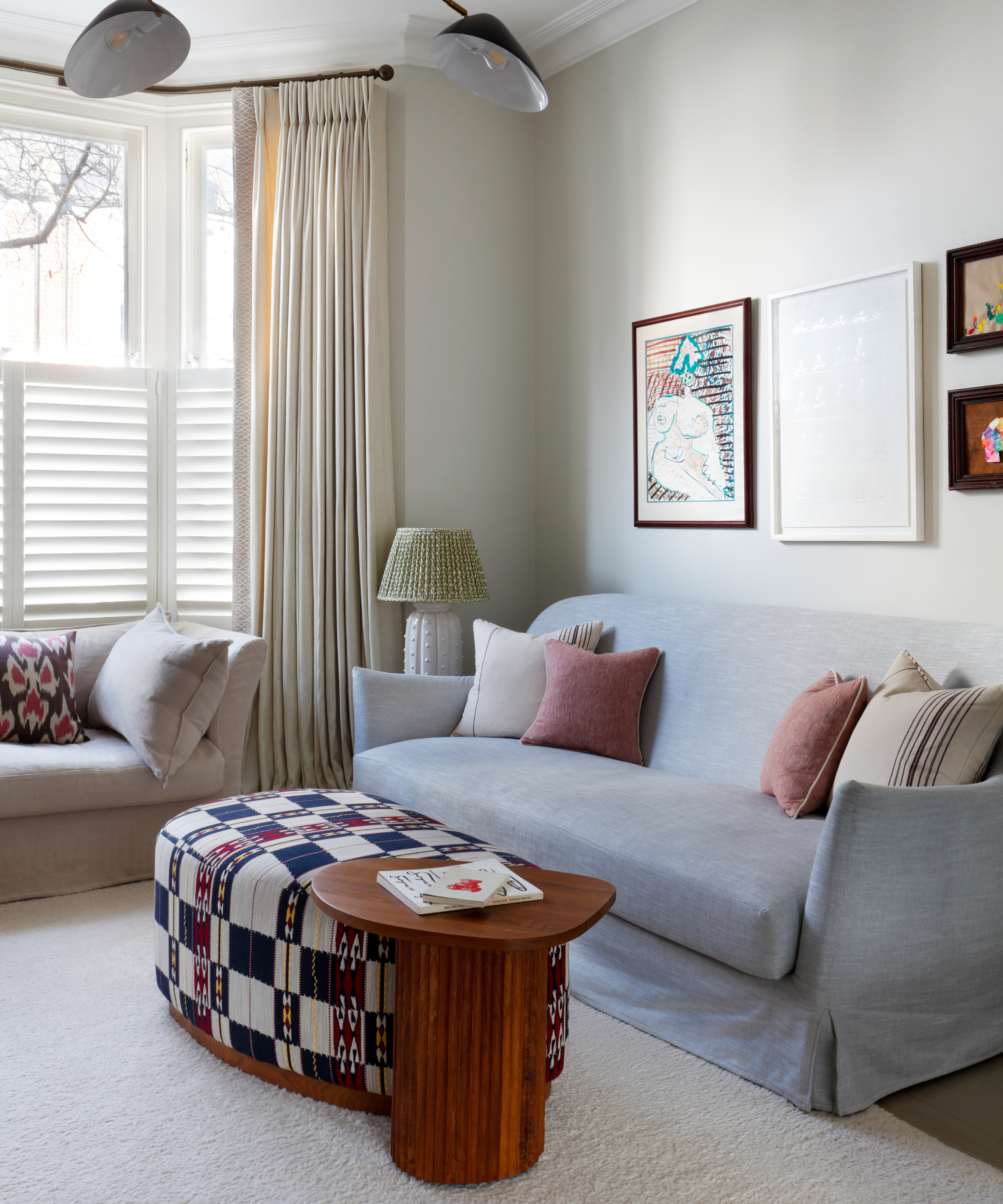
Street-facing living rooms can leave you feeling on show when you’re trying to relax. To avoid the goldfish-bowl sensation, consider tier-on-tier picks of the best shutters. The stacked panels allow you to cover the pedestrian-height portion of the window while the slats mean fine control of privacy but will let light in during the day.
7. Save space with a Roman blind
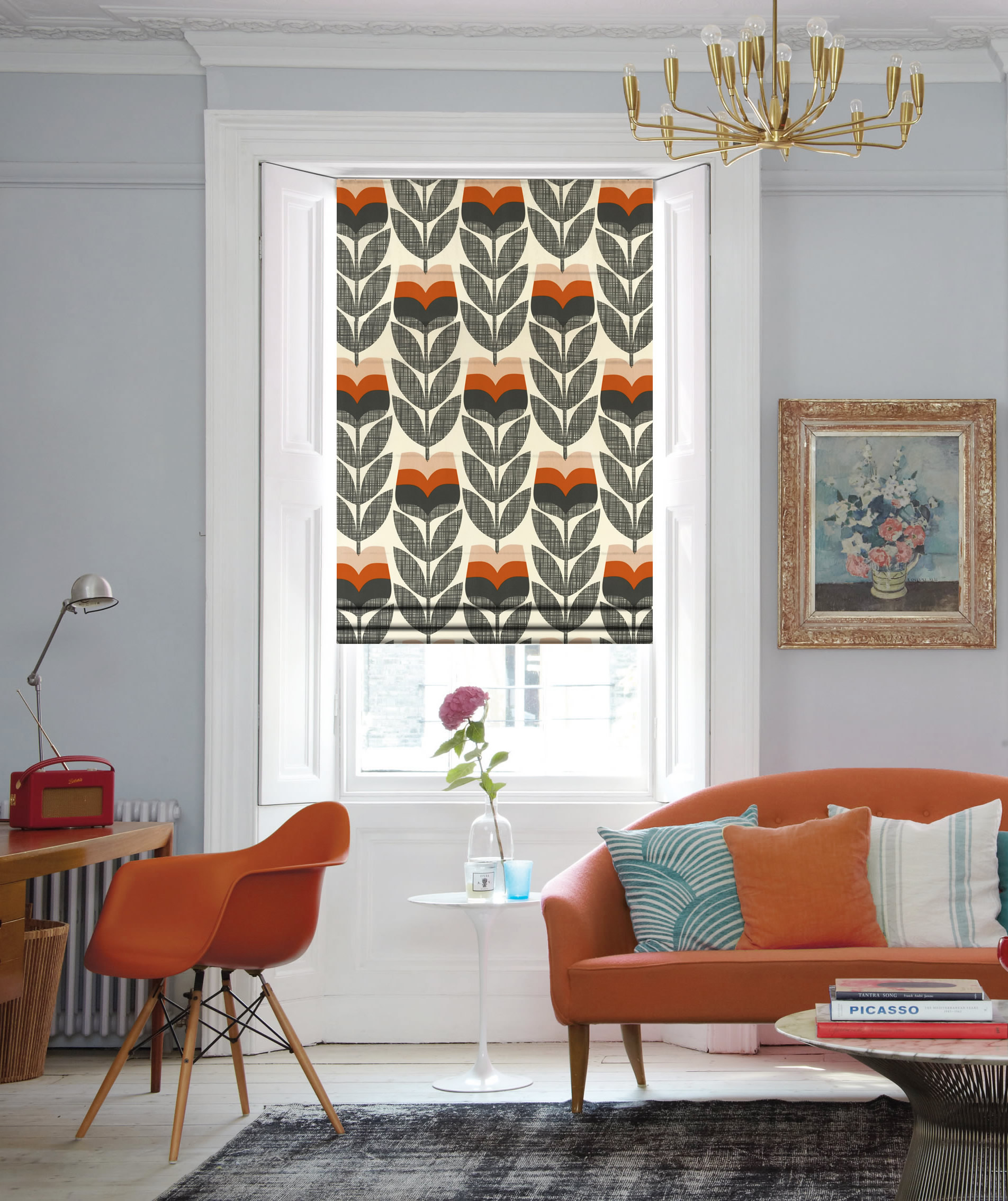
Small living room but like the softness of a window dressing made from fabric? Choosing the best Roman blinds will create a generous effect with pleats of fabric apparent when it’s pulled up, but as it fits neatly and hangs down flat it won’t take up space alongside the window or create bulk against the wall.
8. Built-in UV protection
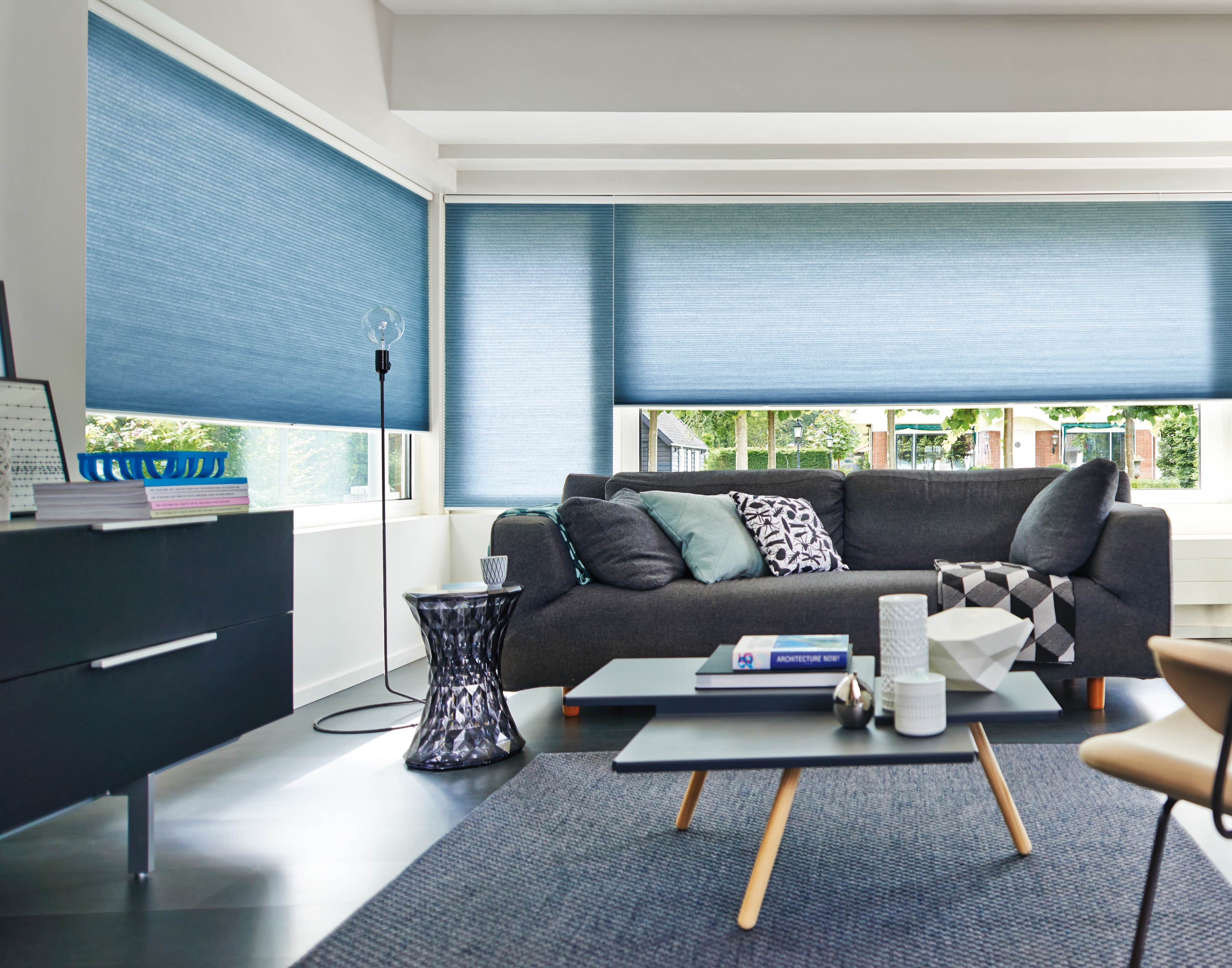
The best bi-fold door ideas along with generous glazing create a fabulous connection between indoors and out but the sun can cause furniture and wood flooring to change color over time. Choosing window treatment ideas that come with built-in UV protection can make this less of a challenge day-to-day. Blinds that are designed to stop UV light damage will also make screens easier to see on bright days.
9. Window film is a great option
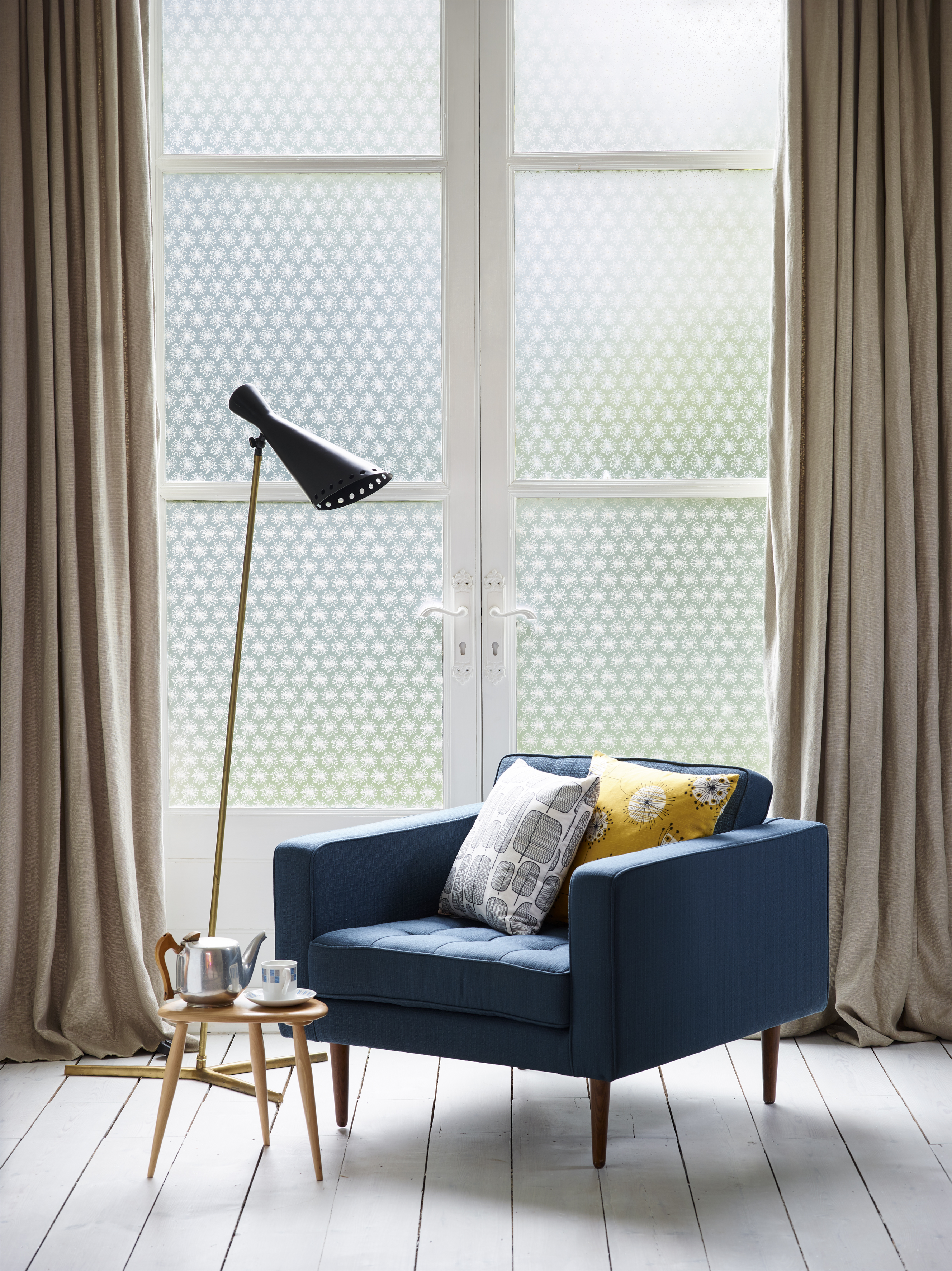
To keep natural light flowing into a living space and obscure the view of the curious, window film proves a simple and effective solution. Doesn’t feel dressed up enough for the space? Team it with curtains for a more opulent window treatment. Letting the curtain fabric pool on the floor, as here, will make the look more luxurious.
10. Floor to ceiling for a contemporary space
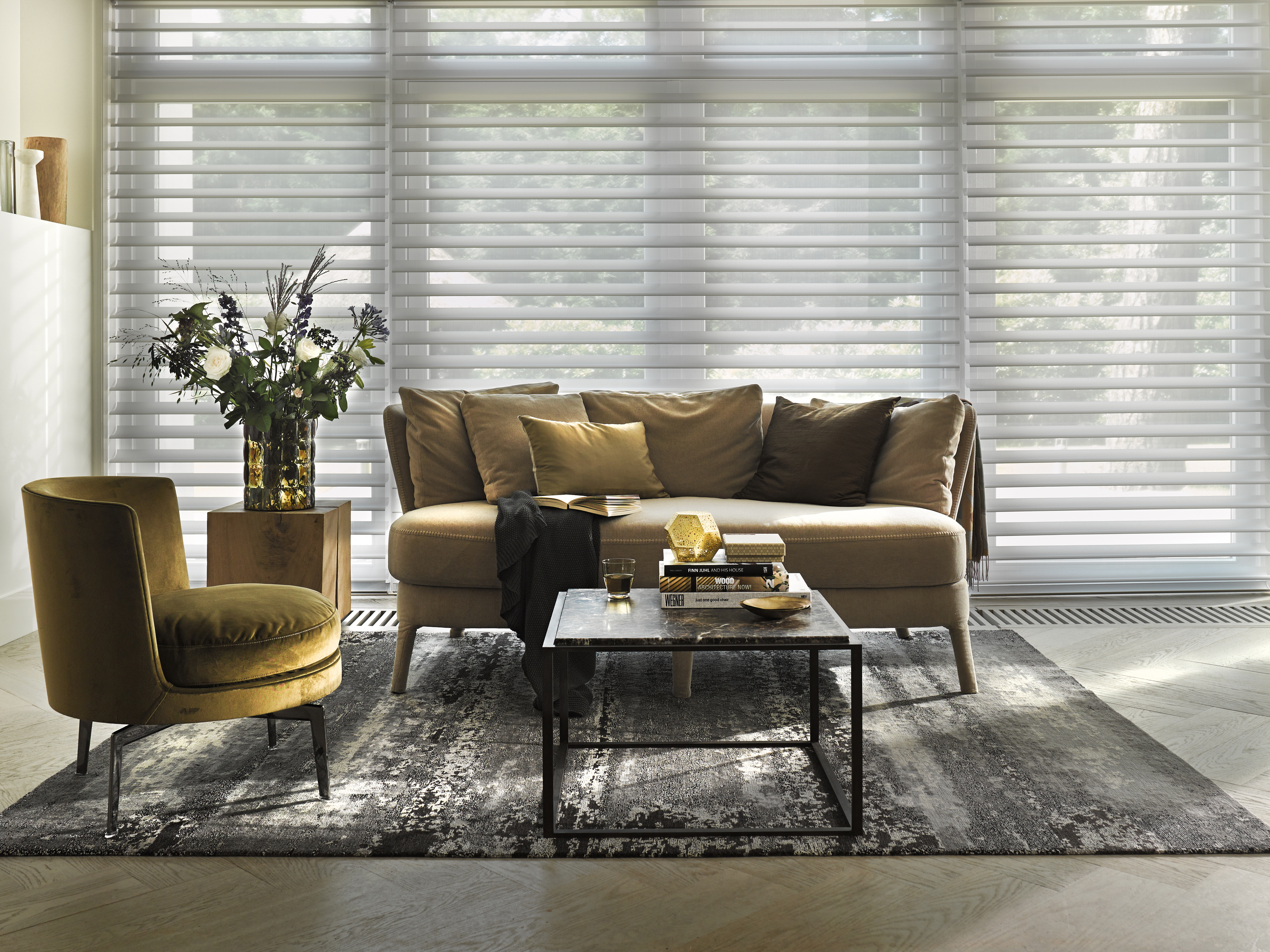
A blind that maximises natural light while foiling attempts from neighbors to spy on your interiors is a 21st century solution to a problem of urban living, and discreet window dressing ideas are the way to go. It’ll do the same job at night, too, when it can be completely closed.
11. Blackout blinds are great for south facing rooms
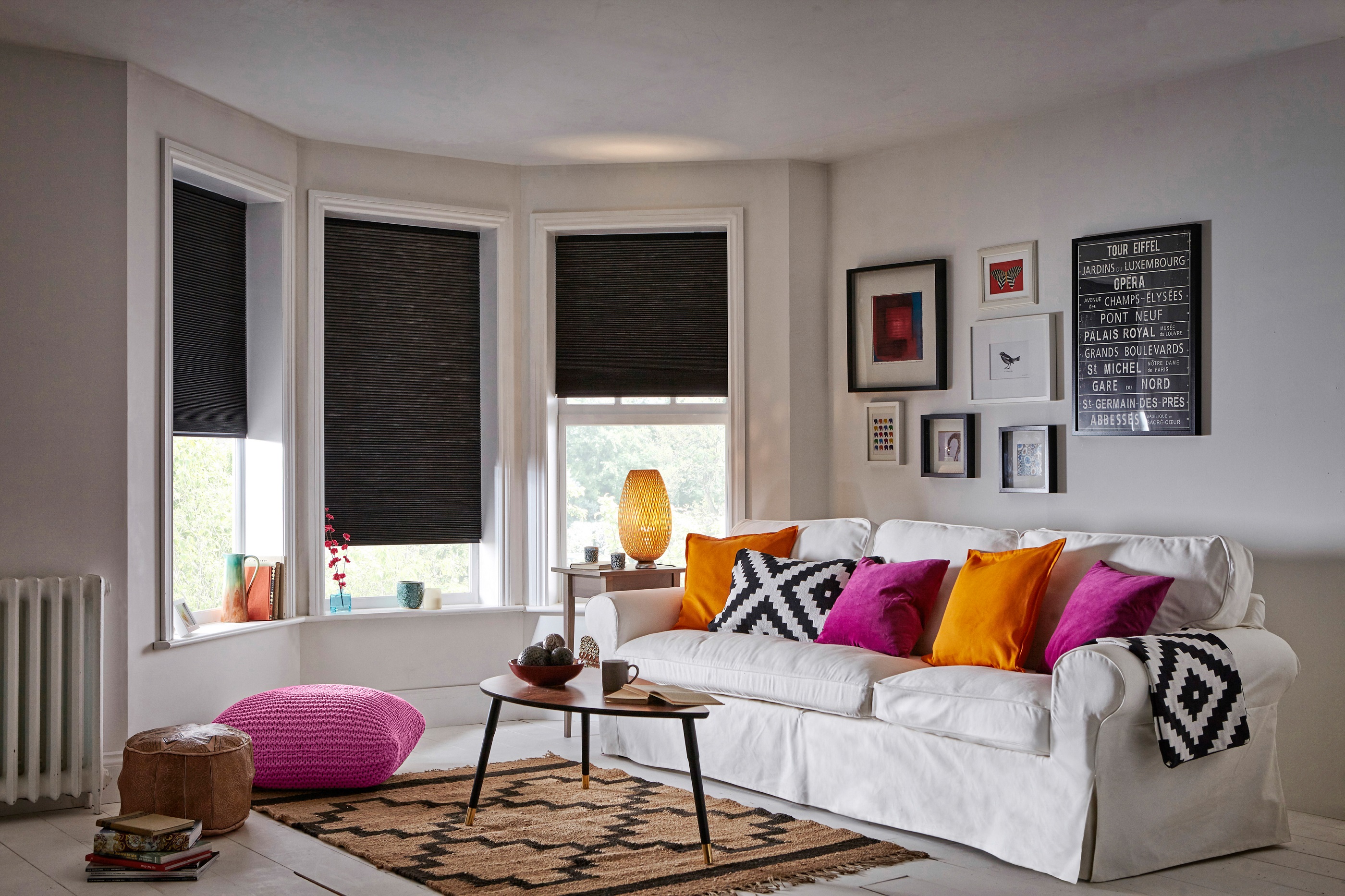
Prevent the glare from street lamps disrupting the carefully created ambience of your living room in the evenings with the best blackout curtains or blinds.
These blinds have a pleated structure that’s also designed to absorb sound to keep that element of the outside out, too.
12. Velvet drapes add a luxe feel
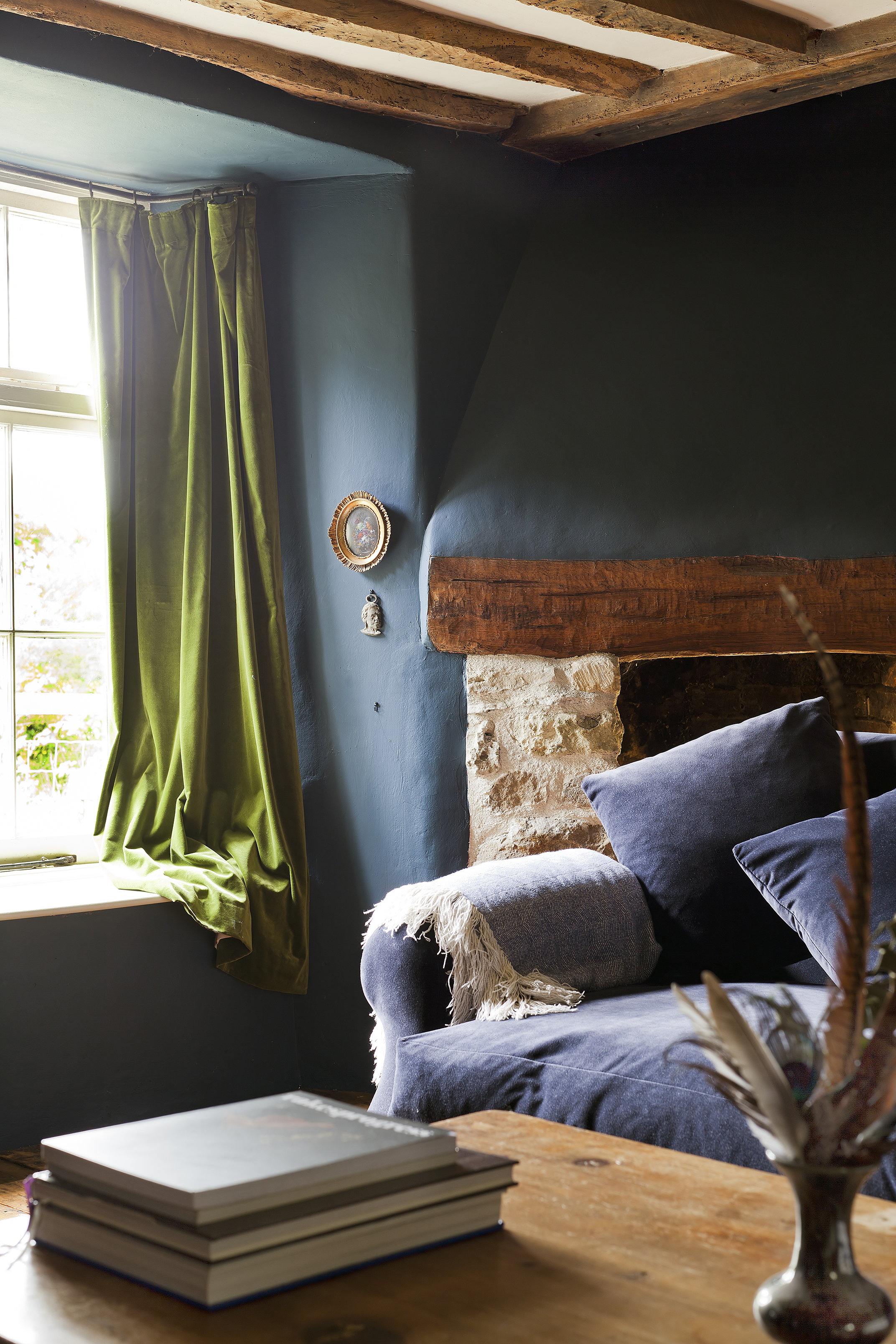
Velvet’s a huge trend for sofa upholstery and it’s just as appealing used for living room curtains too. It looks and feels soft and, of course, drapes beautifully. Try dark shades for a contemporary effect and add brighter jewel tones as accents to the scheme.
13. Combine shutters and curtains
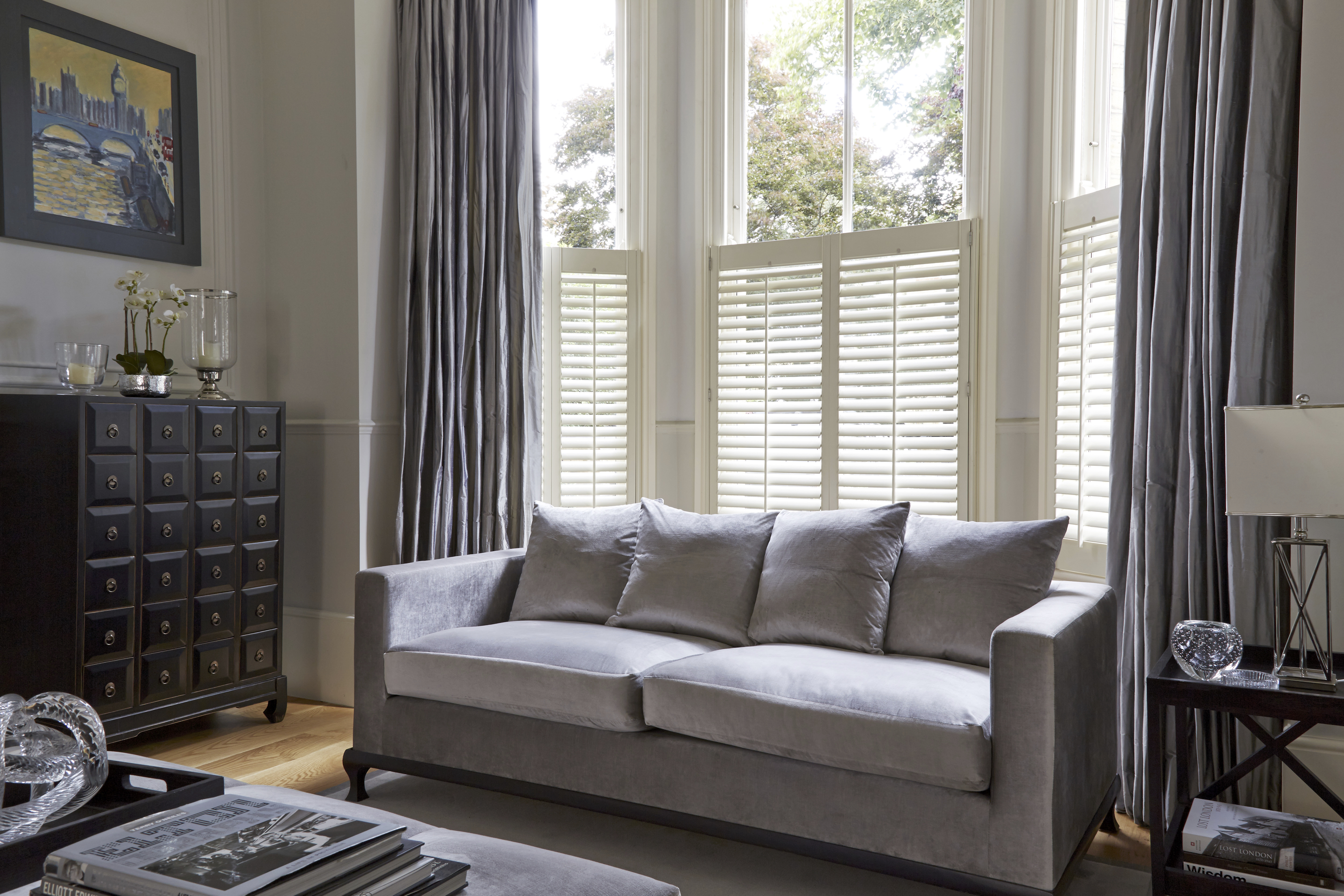
A shutter and curtain combination is an ideal way to draw attention to the lovely lines of a bay window. Here, café-style shutters mean the room’s kept private, while floor-length curtains frame the attractive feature. Once night-time comes attention’s focused on the sumptuous drape of fabric.
14. Or curtains and blinds
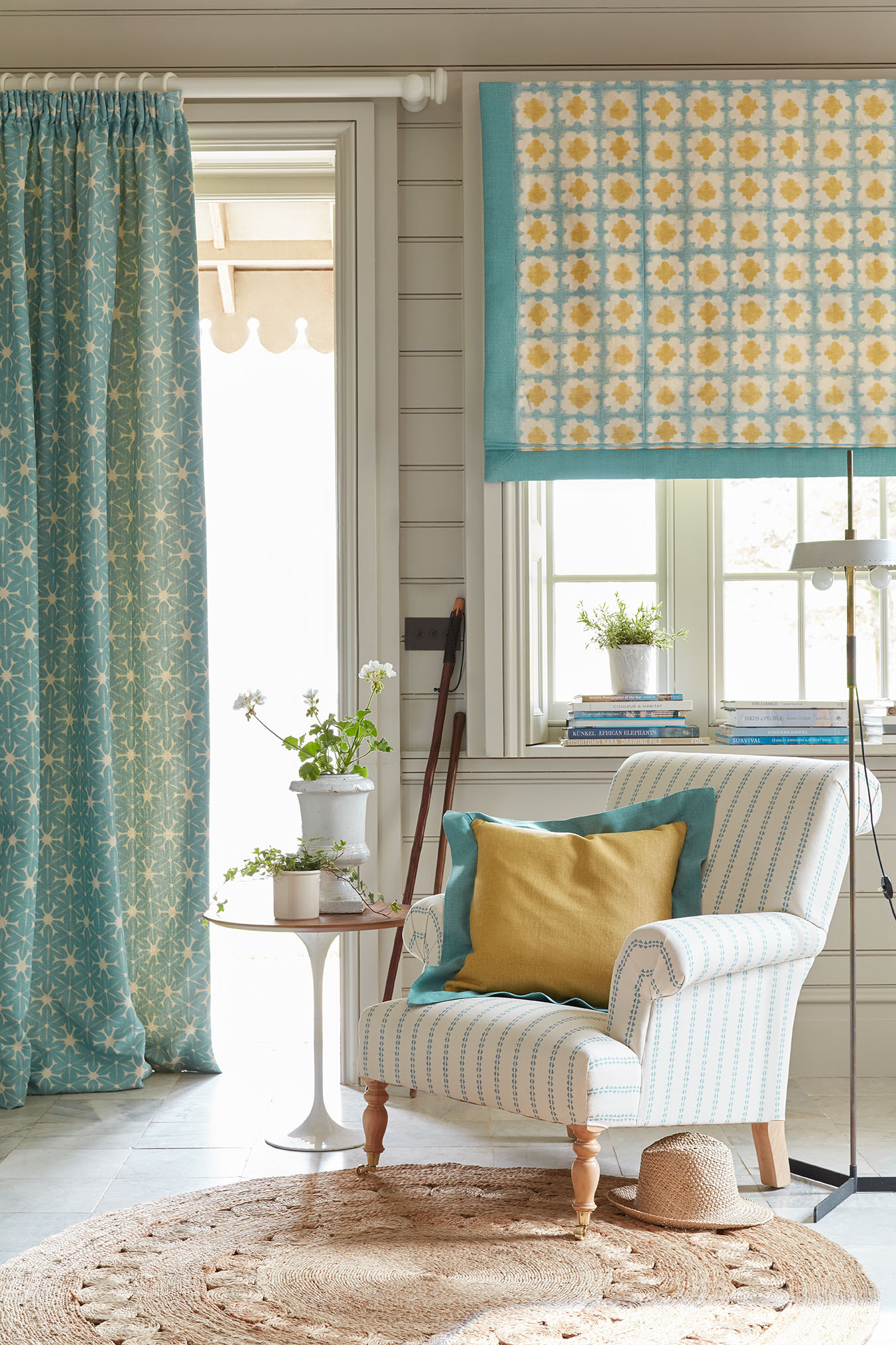
If you want a relaxed, informal look in your living room, choosing curtain and Roman or roller blind fabrics that complement each other but don't match is the way to go. Picking designs from the same collection is an easy option.
15. Choose honeycomb blinds for a soft light
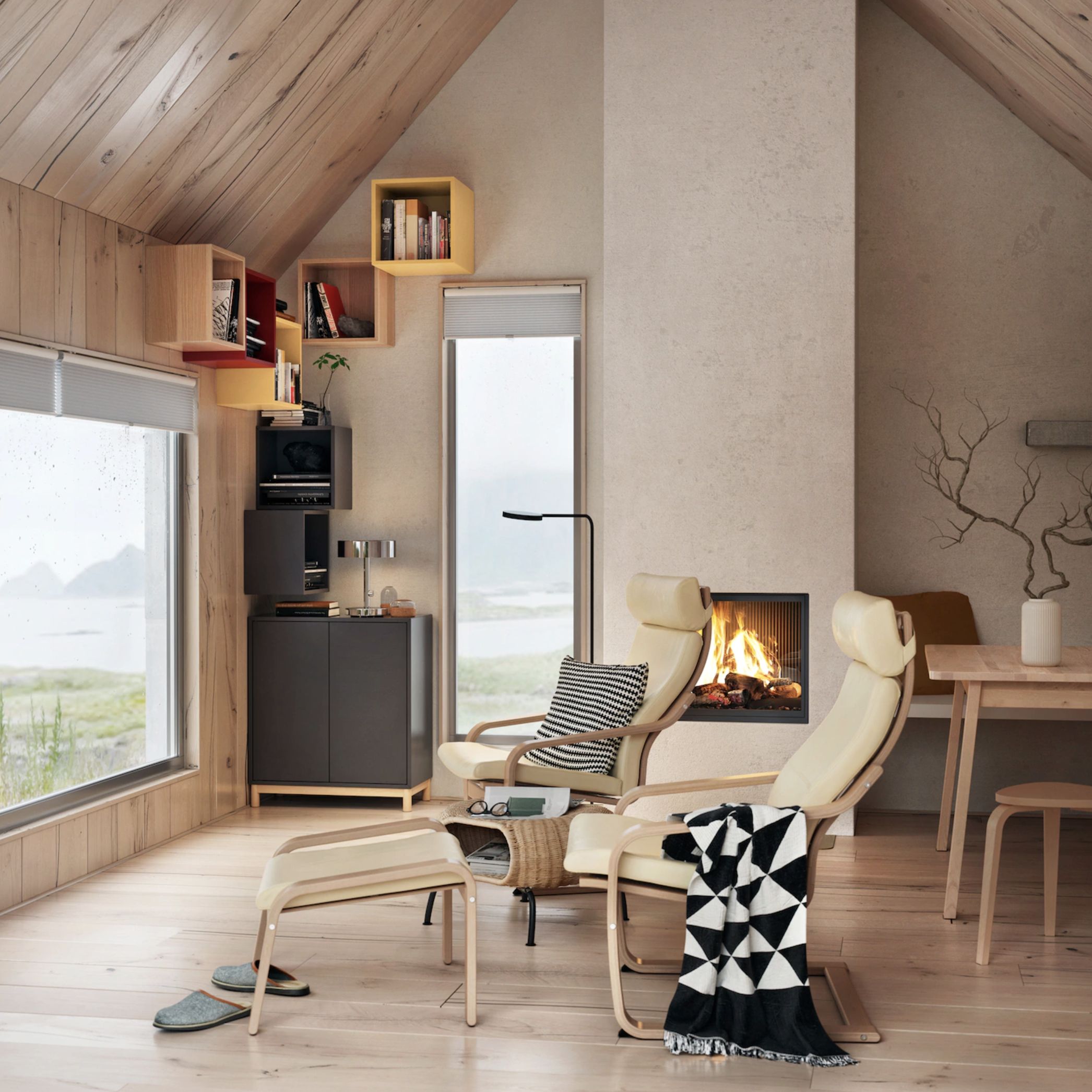
Blinds that have a honeycomb structure are perfect for living rooms if you want to also keep heat in during the cooler months. They look nice and subtle, you could even layer with a curtain, but actually, they are such a practical choice and can drawn to and from as necessary to adjust the light, sound, temperature, and privacy.
16. Frame a bay window with wooden blinds
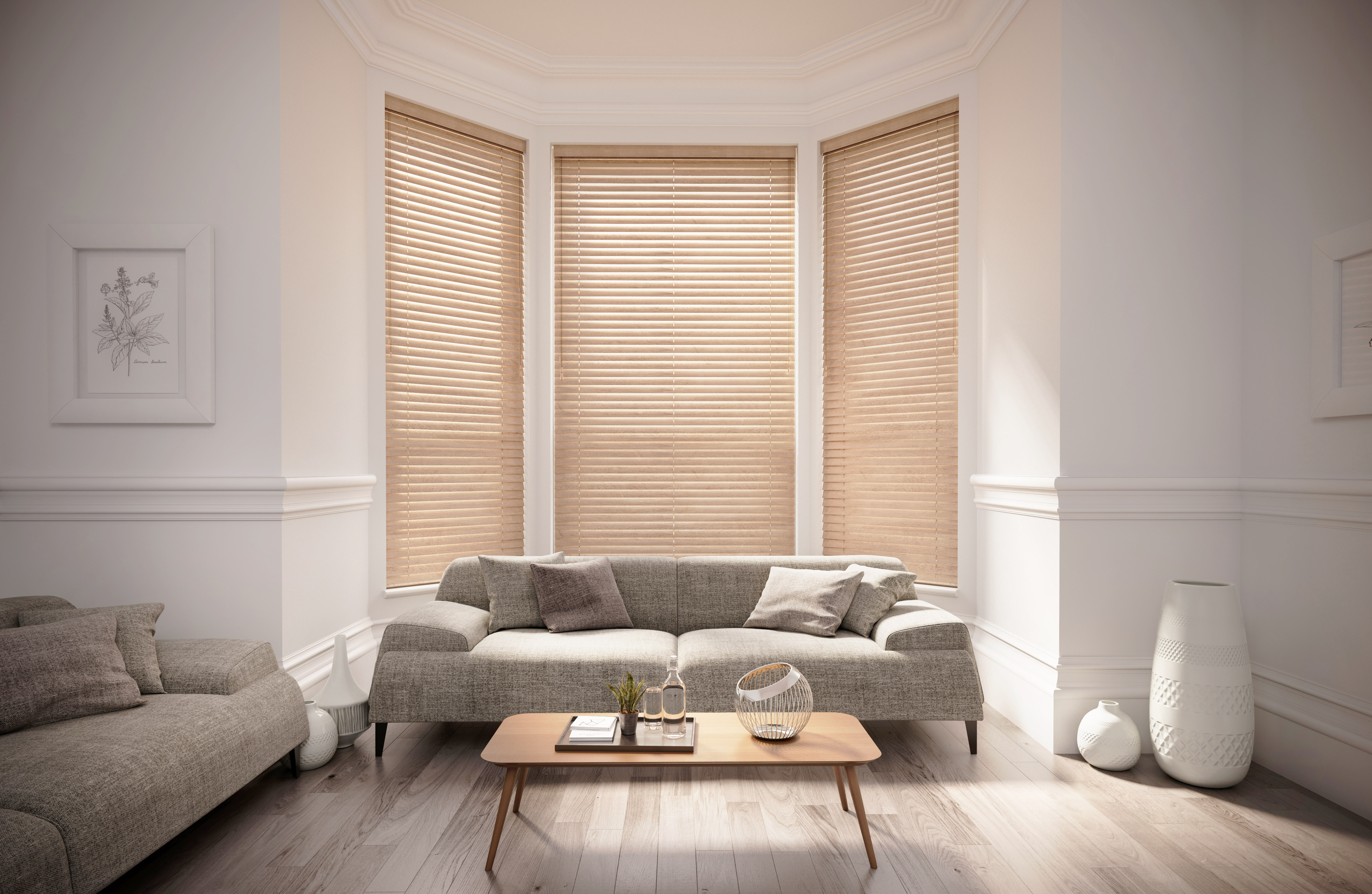
Window dressing ideas for living rooms don't have to be overly complicated, especially if you're working with bay windows which are beautiful in design by default. Create simple but effective cohesion by installing wooden window blinds. The neutral color helps anchor the room in a subtle way and nods to the modern look of sustainability.
17. Match your blind to your accessories
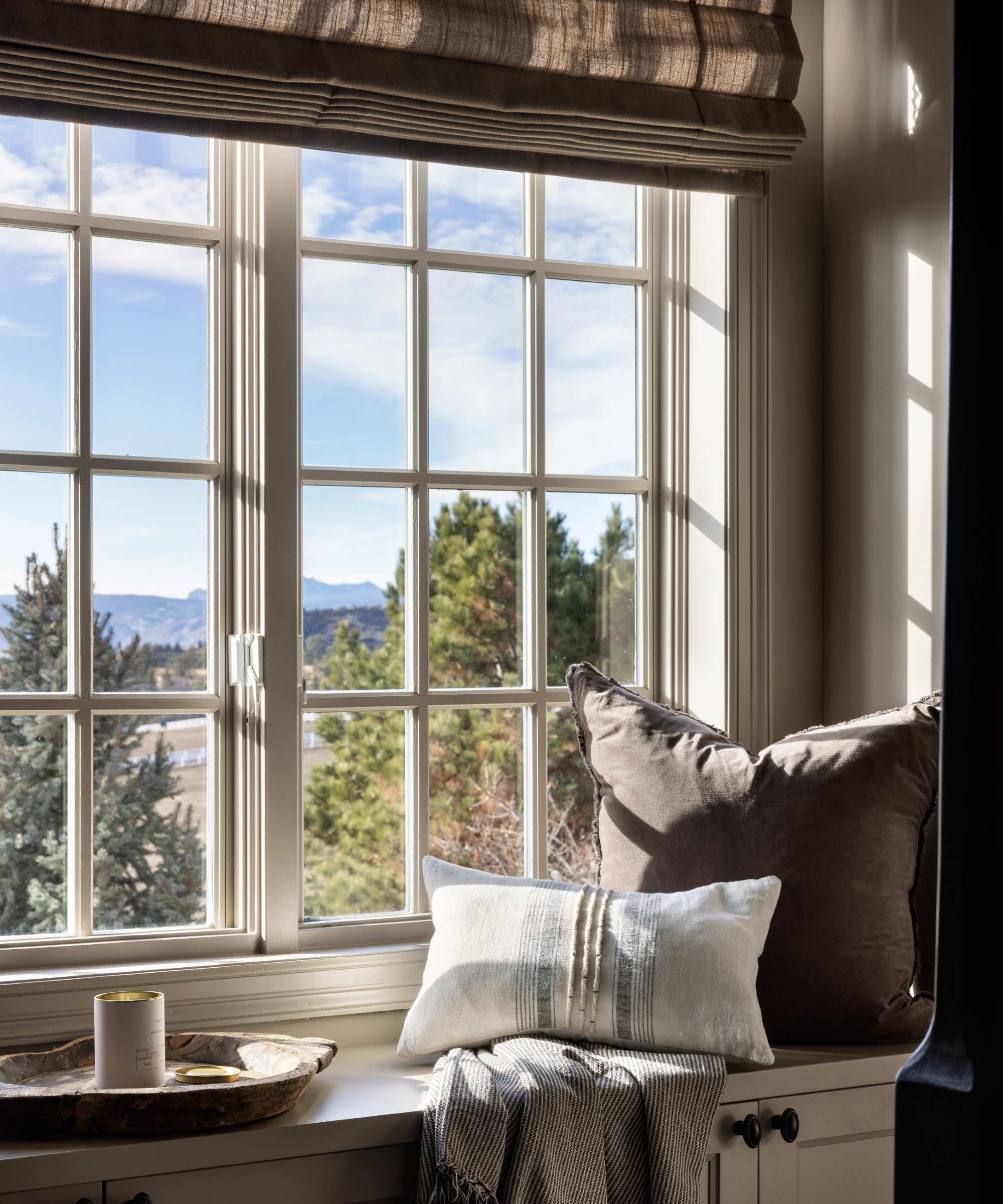
This chocolate colored Roman blind lifts this charming window seat area and cleverly allows the light to still flow through when pulled up due to the nature of the fabric.
By matching your blind to your accessories you can ensure your living room window treatment looks cohesive and flows throughout the space.
18. Choose the right curtain heading
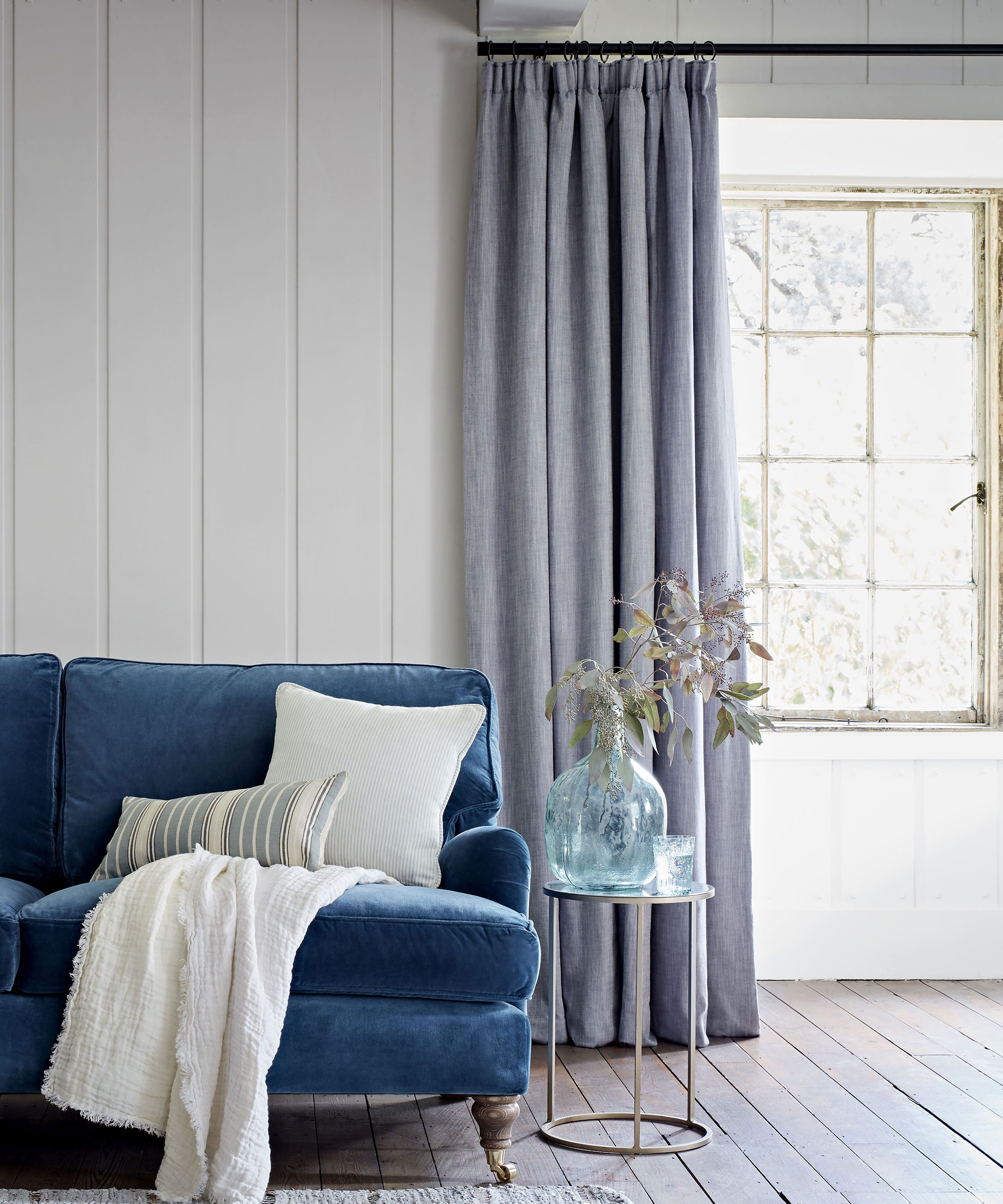
'Folds of fabric are gathered tightly together that resemble the size of a pencil, hence the name. This type has small discreet hooks attached to the back on the curtain which is then hooked to the curtain pole.' Says Cole. Simple and refined, this style of window dressing wraps the room's decor up perfectly especially if you prefer pared back living room layout ideas.
19. Fake the look of stained glass with window film
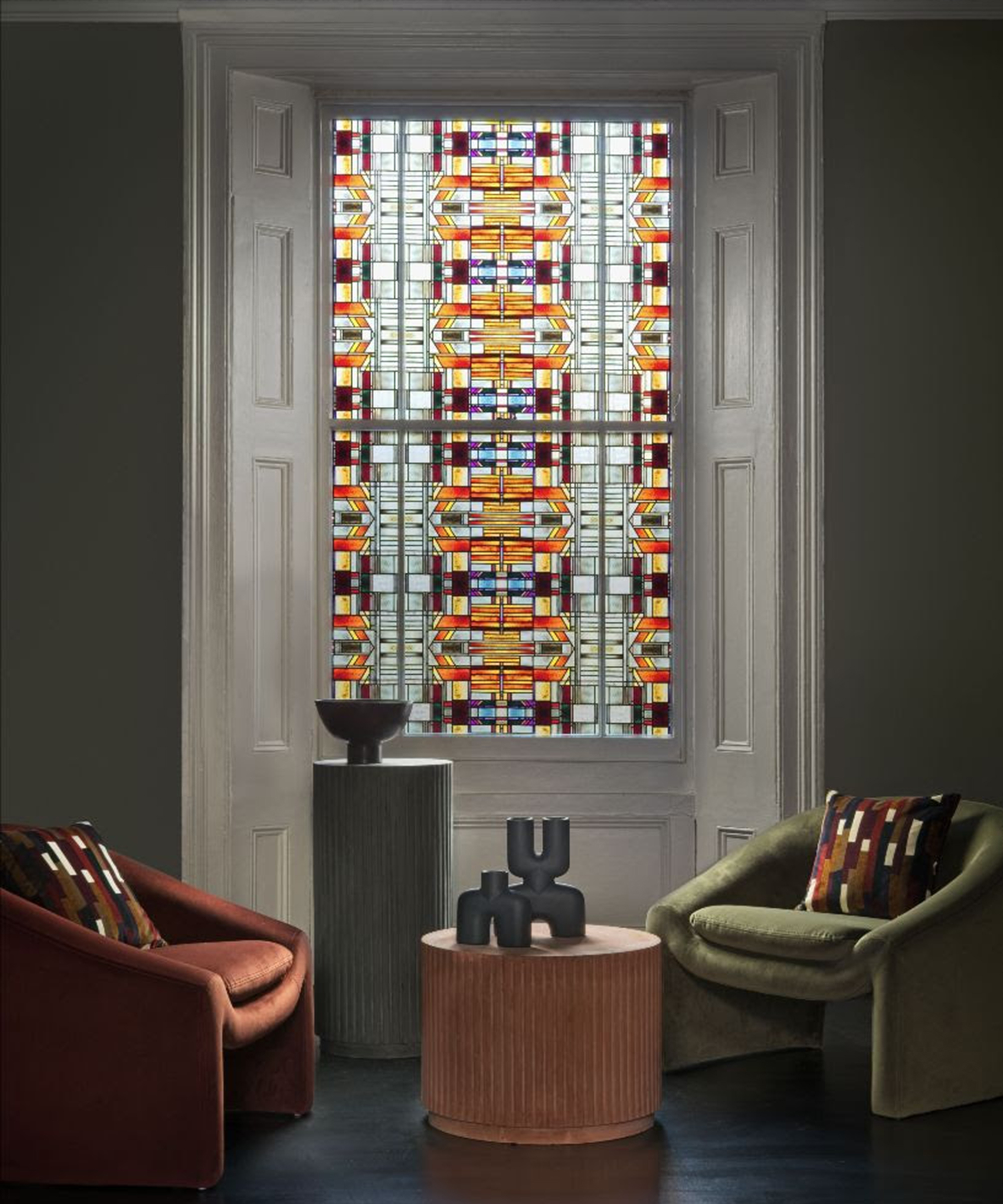
If you're afraid that curtains will make your lounge feel dark, play to the dramatic space and up the vampy, gothic vibes with a stained glass effect film. It's a budget-friendly buy that costs less than drapes, so is the perfect purchase for renters.
"Rooms which are exposed to little sunlight require creative thinking and decorative interest. If you find yourself deterred from spending time in a certain room due to the lack of light, consider choosing a bold patterned window film," says Joanna Baumard, co-founder, Purfrost.'Botanical and brightly-colored designs reflect the summer season, lift your mood and elevate unused dark spaces.'
How to choose living room window dressings
Dressing a living room window provides the opportunity to impress, or use a more understated treatment that quietly solves the problems it has to. If it’s a separate room, you won’t need to think about the window dressing in relation to others, but in an open-plan kitchen diner and living space, consider repeating colors from a kitchen window treatment to pull the whole space together.
However, it’s not only the aesthetic of the window dressing that’s a factor. Light control to reduce glare on screens and protect upholstery from fading may be vitally important, depending on the room’s orientation. Street-facing rooms, meanwhile, need a treatment that brings privacy without making them gloomy, and here specially designed blinds, shutters, and window film can come to your aid.
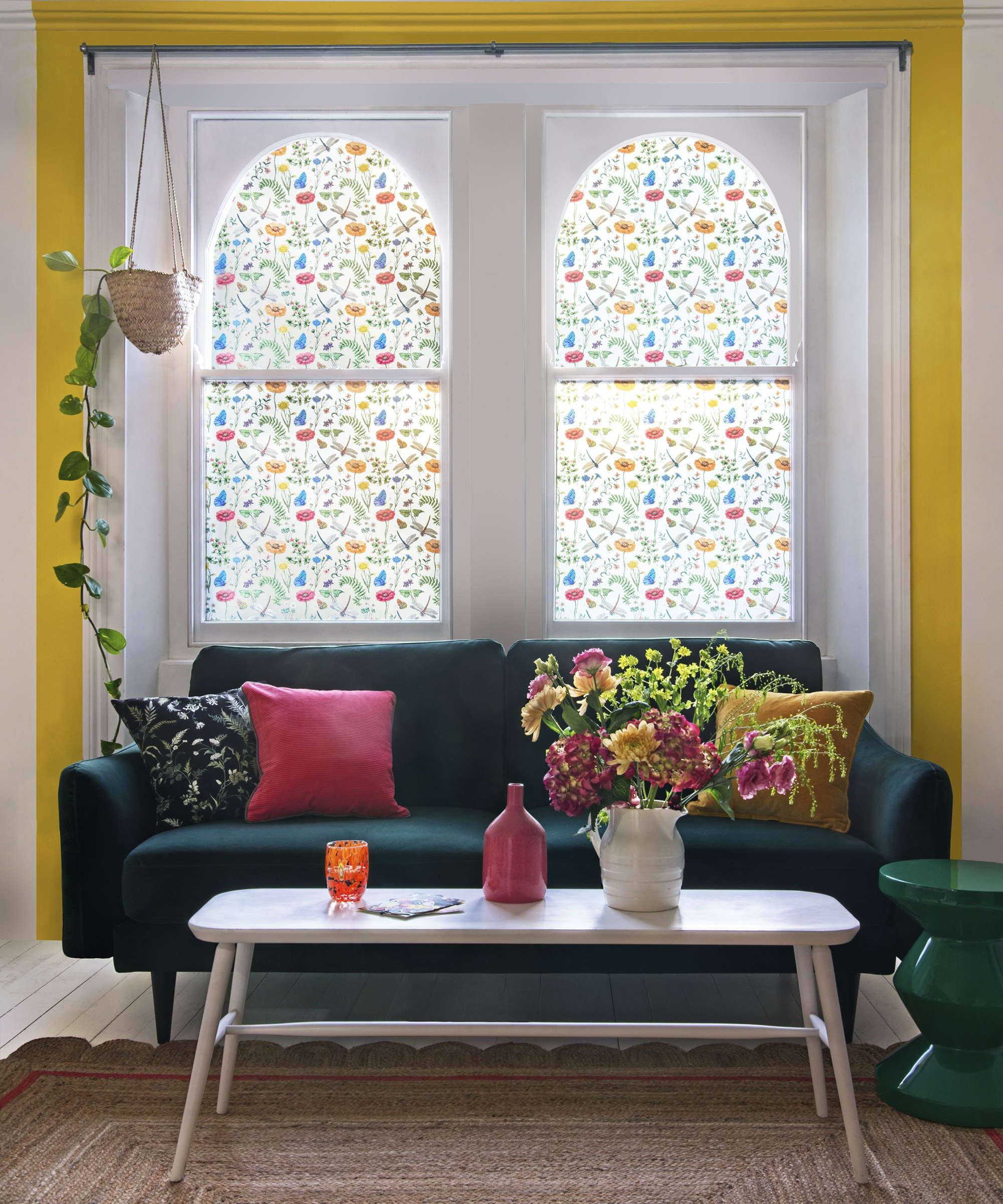
What can I use instead of curtains?
If you're not into light curtains, or heavier drapes you can of course opt for blinds, shutters or other types of window treatments. These do come up a little more expensive and if it's costs that you're trying to keep low with your window treatment ideas, you can choose either shades or even window films. Shades give you less control over how much light you let in however you will enjoy privacy, The same goes with window film as they let lit in when it's light outside so they are probably best kept in a living room space where no one is (usually) sleeping.
"From frosted to vibrant patterns, window films can either blend seamlessly into the background or create a real design statement,' says Baumard.
'If you’re looking to add a real wow factor, consider framing your film by painting the surrounding window edge in a contrasting color. This quick trick will instantly elevate the space and draw your eye to the window, making the room appear much brighter and larger.'
And for more plush designs, Loom Decor always has gorgeous window treatments for living rooms and the rest of the home in different beautiful fabrics.

Sarah is a freelance journalist and editor writing for websites, national newspapers, and magazines. She’s spent most of her journalistic career specialising in homes – long enough to see fridges become smart, decorating fashions embrace both minimalism and maximalism, and interiors that blur the indoor/outdoor link become a must-have. She loves testing the latest home appliances, revealing the trends in furnishings and fittings for every room, and investigating the benefits, costs and practicalities of home improvement. It's no big surprise that she likes to put what she writes about into practice, and is a serial house revamper. For Realhomes.com, Sarah reviews coffee machines and vacuum cleaners, taking them through their paces at home to give us an honest, real life review and comparison of every model.

